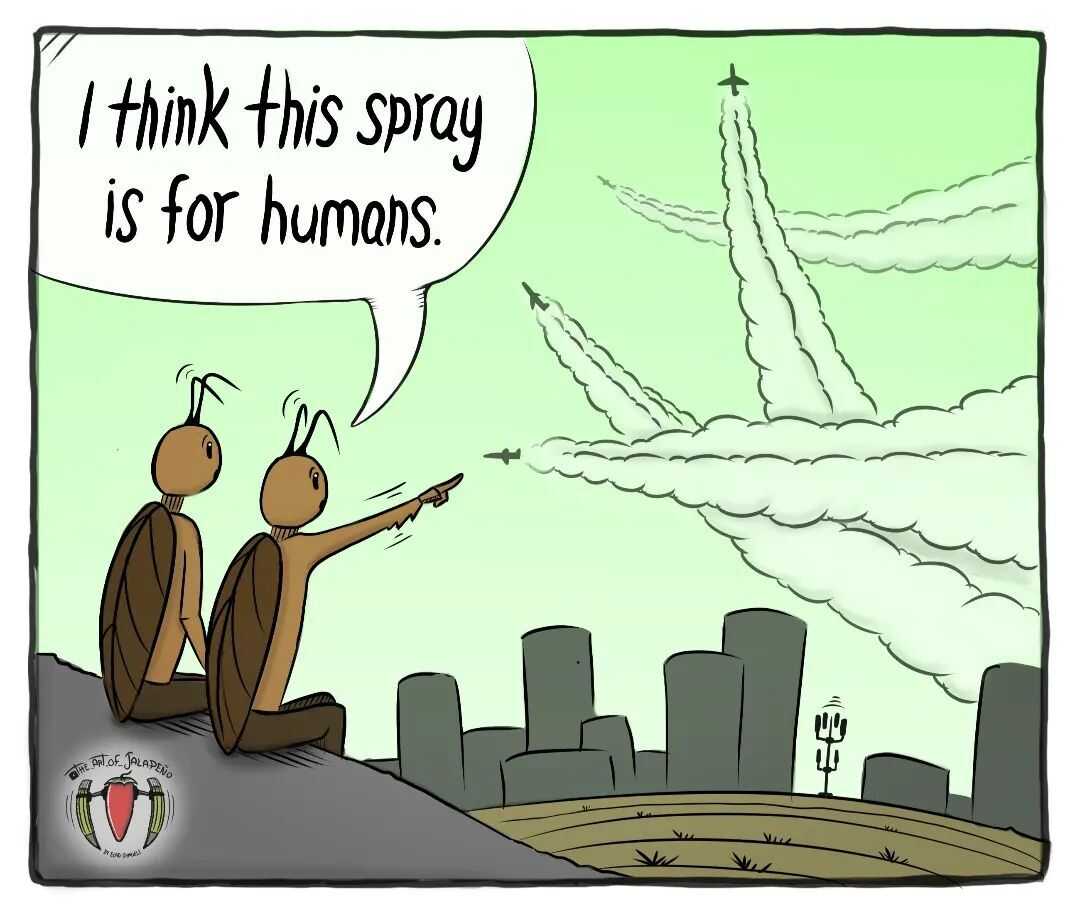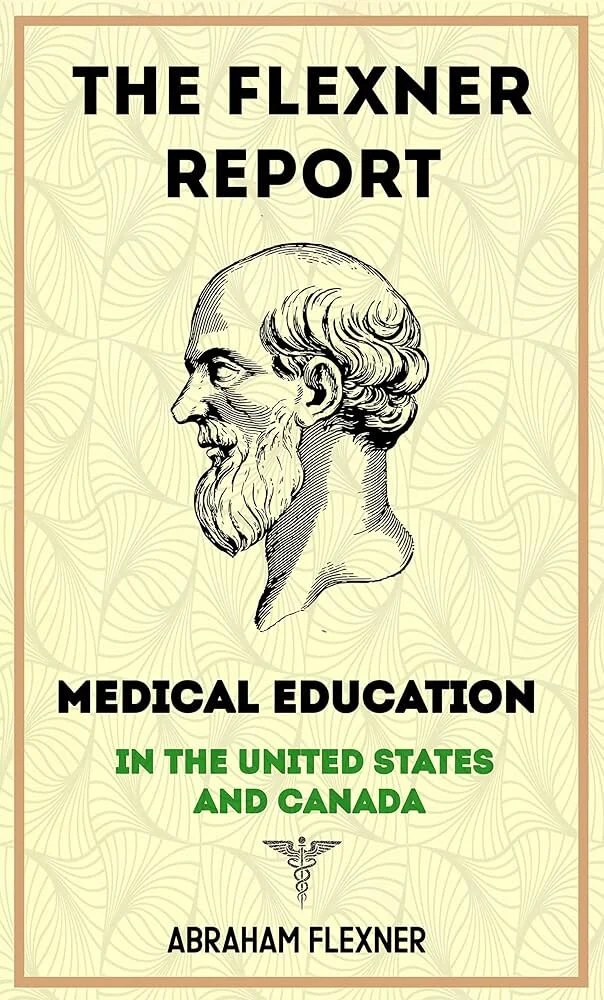BOMBSHELL: There’s DNA in the Vaccines!
By Christie Pritchard
Earlier this year, genomics scientist Kevin McKernan made a disturbing accidental discovery. While sequencing vials of mRNA vaccines in his Boston lab, McKernan was shocked to find that they were contaminated with tiny fragments of plasmid DNA.
McKernan, who has 25 years of experience in his field, including being a team leader for the MIT Human Genome Project, ran the experiment again, only to confirm that the vials did indeed contain plasmid DNA. In particular, McKernan was alarmed when he detected a sequence known as SV40, a sequence utilized to transport DNA into the nucleus — a technique used in gene therapies. SV40 has been shown to cause cancer in animal studies, but research is lacking in human studies as it would be unethical to inject humans with SV40.
McKernan’s plasmid DNA finding was shocking for three reasons:
Don’t lose touch with uncensored news! Join our mailing list today.
1) Regulatory agencies worldwide have specifically said DNA contamination is not possible with the mRNA vaccines.
2) The degree of contamination far exceeds the FDA’s set regulations surrounding plasmid DNA in vaccines — by up to 70 times! (Note: The FDA does allow DNA in low levels in non-mRNA vaccines, since it would be chewed up by tissue enzymes before they’ve had a chance to get inside cells. However, the DNA in mRNA vaccines are wrapped up in lipid nanoparticles that help transport the genetic material inside the cells where the DNA can migrate to the nucleus and insert itself into the genome.) The FDA’s “Guidance for Industry” booklet (fda.gov/media/78428/download) acknowledges that there are significant risks to having DNA left in vaccines: “There are several potential mechanisms by which residual DNA could be oncogenic, including the integration and expression of encoded oncogenes or insertional mutagenesis following DNA integration. Residual DNA also might be capable of transmitting viral infections if retroviral proviruses, integrated copies of DNA viruses, or extrachromosomal genomes are present.”
3) The manufacturer had not publicly disclosed contamination during the regulatory process. Nevertheless, McKernan raised the alarm, posting his findings in an academic article online (osf.io/b9t7m). It wasn’t long before other scientists replicated his findings.
One of these scientists was cancer genomics expert Dr. Phillip Buckhaults, a proponent of the mRNA platform who has received the Pfizer COVID-19 vaccine himself — three times! This past September, Dr. Buckhaults testified before a South Carolina Senate Medical Affairs Ad-Hoc Committee, saying that Pfizer’s mRNA vaccine is contaminated with billions of tiny DNA fragments.
Dr. Buckhaults testified, “There is a very real hazard” that these fragments of foreign DNA can insert themselves into a person’s genome. He said it’s a plausible mechanism for what might be “causing some of the rare but serious side effects like death from cardiac arrest.” Contaminant DNA fragments can integrate with a person’s genome and become a “permanent fixture of the cell,” leading to autoimmune problems and cancers in some people. “Depending on where this foreign piece of DNA lands in the genome, it can interrupt a tumour suppressor gene or activate an oncogene,” these genome changes can “last for generations.” He called the finding “a real serious regulatory oversight that happened at the federal level.”
Pfizer’s Bait-and-Switch
Given that Pfizer had not disclosed contamination during the regulatory process, and everyone thought contamination was impossible given the manufacturing technique Pfizer had initially described, how did plasmid DNA contaminate the vials?
As Dr. Buckhaults explained, Pfizer used two different manufacturing processes to make their vaccine: one process during the clinical trial, and the other — riddled with plasmid DNA contamination — went into the arms of the general public.
As outlined in a confidential protocol amendment Pfizer gave regulatory agencies in late 2020 (bit.ly/47cTIDl), in addition to a series of documents obtained in recent months through Freedom of Information Requests (bit.ly/3Qf8rGL and bit.ly/46VNN5W), the initial production of Pfizer’s COVID-19 vaccine used a method called Polymerase Chain Reaction (PCR) to amplify the DNA template used for the production of the mRNA. They used this method, called “PROCESS 1,” to make a highly pure mRNA product.
However, to upscale the process in a cost-effective way for large-scale distribution of the vaccine to the population for its Emergency Use Authorization (EUA) supply, Pfizer switched to a different method. “PROCESS 2” used bacteria to make large quantities of “DNA plasmid” (circular DNA instructions) to make the mRNA. Hence, the final product contained both plasmid DNA and mRNA. Notably, PROCESS 2 batches proved to have substantially lower mRNA integrity. (bit.ly/3QeSz7h and bmj.com/content/372/bmj.n627) The switch from PROCESS 1 to PROCESS 2 ultimately resulted in the vaccine contamination.
Health Canada Confirms Finding
On October 19, 2023, Health Canada confirmed the presence of DNA contamination in Pfizer COVID-19 vaccines and confirmed that Pfizer did not disclose the SV40 contamination to the public health authority.
In an interview with The Epoch Times, Health Canada stated they were “aware of the presence of residual plasmid DNA as a process-related impurity during review and prior to the authorization of the mRNA COVID-19 vaccines.” However, while Pfizer did provide the full DNA sequences of the plasmid in PROCESS 2 of its vaccine at the time of the initial submission, the vaccine maker “did not specifically identify the SV40 sequence.”
Given that SV40 is a cancer risk due to potential integration with the human genome, “Health Canada expects sponsors to identify any biologically functional DNA sequences within a plasmid (such as an SV40 enhancer) at the time of submission,” Health Canada said in an email to The Epoch Times.
As viral immunologist Dr. Byram Bridle of the University of Guelph in Canada put it: “This is an admission of epic proportions…One must wonder why Pfizer would not disclose the presence of a biologically functional DNA sequence to a health regulator. Pfizer was required to disclose to health regulatory agencies all of the bioactive sequences in the bacterial plasmid DNA that they used to manufacture their shots.”
In light of recent concerns regarding plasmid DNA in mRNA vaccines, on October 9, the World Council for Health (worldcouncilforhealth.org) organized an emergency panel of international experts to examine these reports. Dr. Peter McCullough, an advisor, said, “I believe today in 2023, after three years of the failed COVID-19 vaccine campaign which has been a biologic disaster for the world, that the multi-hit hypothesis for oncogenesis has been fulfilled… COVID-19 vaccines work to impair tumor suppressor systems … the genetic vaccines also impair DNA repair … they impair the body’s ability to repair itself.”
The implications of this disclosure raise significant questions regarding accountability. Will Health Canada, along with various government leaders, be held responsible for their disregard for public health? The negligence, in this instance, could have profound implications on the well-being of the millions of Canadians who trusted the officials and took the shots. After years of governments protecting vaccine manufacturers from liability, will this pivotal revelation finally open the door for a massive class action suit against Pfizer?
Explore More...















